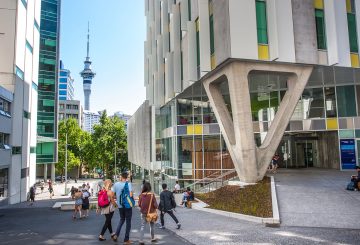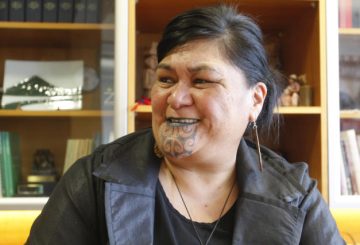新西兰人本月将能够从澳大利亚回家,两周后从世界其他地区回家。对于接种疫苗的人,他们需要在抵达时进入自己的隔离设施。
隔离长度
隔离要求意味着人们仍然有与 “密切接触者” 相同的要求,需要隔离 10 天。
总理贾辛达·阿登说,这是因为 “他们极有可能在旅途中接触到高度传播的 Omicron 变体”。
一旦新西兰的Covid病例增加并且密切接触者隔离要求发生变化,它将下降到7天。
她说:“随着新西兰这里的密切接触者的隔离期缩短,就像我们在奥米克龙应对措施的第二阶段一样,返回者也只需要隔离七天。”
隔离期间的家庭成员
在上一次边境公告中,Covid-19应对部长克里斯·希普金斯被问及家庭隔离要求,并表示其他家庭成员可以来去去。
总理发言人说,情况仍然如此,其他人被允许离开并过上自己的生活。
Jacinda Ardern 透露了新西兰的新边境重新开放日期
前往隔离地点
旅行者还可以在国内前往隔离地点,包括航空旅行。
当被问及公共交通时,阿登说,新西兰人 “确实倾向于在抵达时进来接送,他们将继续这样做”。
“到那时,我们确实希望我们的社区中会有 Omicron 案例,我们将每天处理这些案例。”
正在测试
当人们到达机场带回家时,将接受三次快速抗原检测。
它们需要在第0/1天和第5/6天使用,另一个将作为备份。
阿登说:“如果在任何时候返回阳性结果,返回者将被要求在社区测试站接受后续聚合酶链反应检测。”“这将有助于我们监控可能出现的任何可能的变体。它还将帮助我们评估何时可以安全地解除自我隔离要求。”
打破规则
对于那些不遵守自我隔离要求的人,可以处以4000美元至12,000美元的罚款。
MIQ 和自我隔离的未来
只有高风险且未接种疫苗的旅行者才需要进入 MIQ。
阿登说:“这意味着国防军将开始撤出MIQ的进程,一些酒店将恢复传统用途,以支持我们的游客返回。”
阿登表示,他们将继续监视 “自我隔离的需求和价值”。
“我们的公共卫生官员的强烈建议是,我们仍然需要它来管理通过 Omicron 的方式,但是在不久的将来,情况并非如此。但是,就目前而言,我们必须继续听取对我们非常有用的公共卫生建议。”






























































